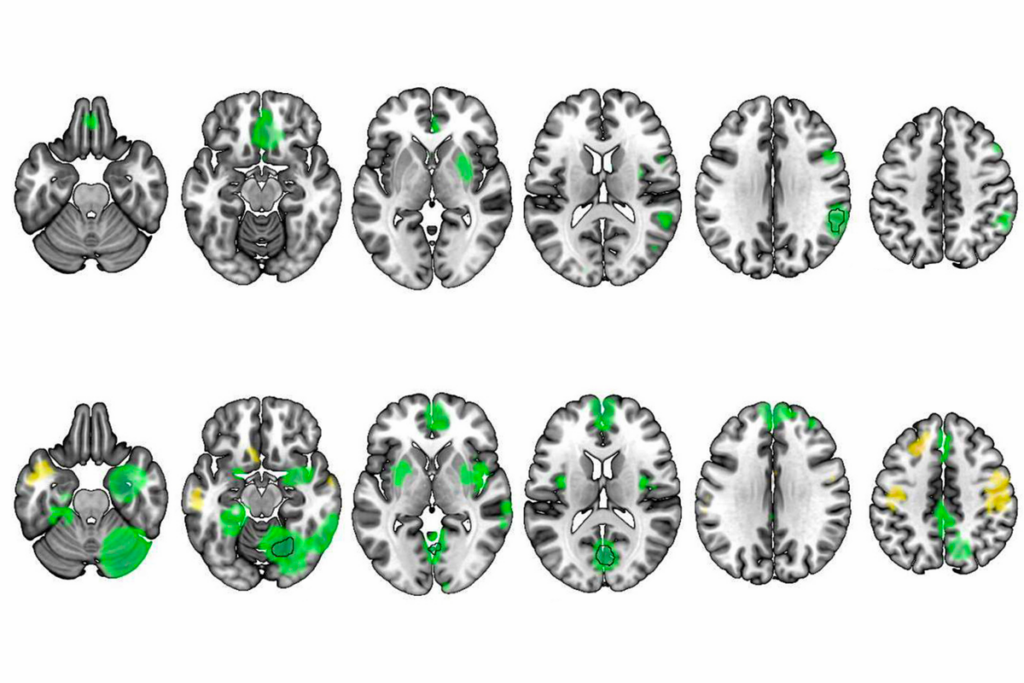Clinical research: Short test finds autism traits in families
A 36-question survey detects features of autism in as much as 23 percent of parents of children with autism and 9 percent of control parents, researchers reported 20 February in Autism Research.
A 36-question survey detects features of autism in as much as 23 percent of parents of children with autism and 9 percent of control parents, researchers reported 20 February in Autism Research1.
Researchers designed the Broad Autism Phenotype Questionnaire (BAPQ) in 2007 and tested it on 150 participants2.
Broad autism phenotype (BAP) refers to traits of autism that reach a threshold but are not significant enough to warrant a diagnosis of autism. BAP is most common in families that have multiple children with autism.
The BAPQ’s 36 questions score three characteristics: social aloofness, a rigid personality and problems with language, three common symptoms of autism.
The researchers analyzed responses to the questions from 711 parents of children with autism and 981 parents of typically developing children. A spouse or close friend also filled out a questionnaire about each parent. In the autism group, 12 percent of the parents have more than one child with the disorder.
Parents of children with autism have similar overall BAPQ scores, but fathers tend to be more aloof than mothers, according to the questionnaire. In general, those who score high in one domain tend to do so in the others as well.
For example, 18 percent of the mothers and about 11 percent of the fathers have more than one BAP feature, compared with about 3 percent of mothers of controls and 5 percent of fathers of controls. The questionnaire could be used to classify BAP for genetics studies, the researchers say.
References:
1: Sasson N.J. et al. Autism Res. Epub ahead of print (2013) PubMed
2: Hurley R.S. et al. J. Autism Dev. Disord. 37, 1679-1690 (2007) PubMed
Recommended reading

Developmental delay patterns differ with diagnosis; and more

Split gene therapy delivers promise in mice modeling Dravet syndrome

Changes in autism scores across childhood differ between girls and boys
Explore more from The Transmitter

Emotional dysregulation; NMDA receptor variation; frank autism
Grace Hwang and Joe Monaco discuss the future of NeuroAI
